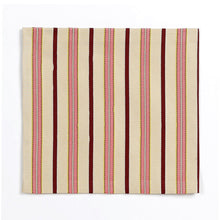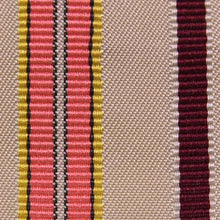Detail
| Product : | Ko-bukusa Cloth (Tea-things) (Hino Kan-do) |
|---|---|
| Type : | 古帛紗 |
| Size (cm) : | W16.0 x H15.0 |
| Tags : | 130th anniversary object-3、 stoat、 Wrapping available、 Famous fabric、 Pattern_Hinomichi、 Autumn Tea Ceremony、 Tea utensils、 fukusa、 relative、 |
| Other : | The pattern may be different from the image shown due to the cutting process. Please understand this in advance. |
| Other : | Gift wrapping service available |
Reviews
Description
An item for tea ceremony, good for interior decoration, too.
Patterns
Hino Kanto(Hino Striped Cloth)

This is one of the specialty cloths of which design is similart o the design of a tea case covering the famous Hino Katatsuki, a type of Japanese tea container. The cloth is coarsely woven and the striped part is braided in Sanada (plait)-like structure. As the tea case is used for a certain period of time, the colored warps gradually change their positions to form a fluid designs, which is its characteristic.
In the original, the reddish brown, white, yellow and light pink colors are main colors for the stripes and the light whitish brown is the ground color. Here, we have woven the ground part in aya (twill) weaving technique to leave the atmosphere as close as to the original.











